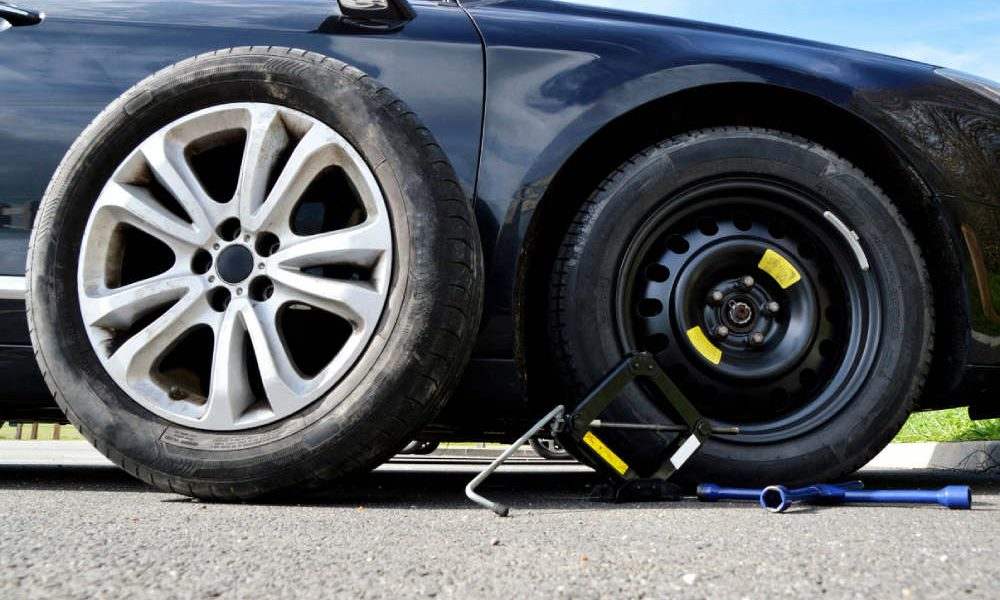A car jack is an essential tool for any vehicle owner. Whether you need to change a flat tire, perform maintenance, or inspect the underside of your car, having the right jack and using it correctly is crucial for safety and efficiency.
In this comprehensive guide, we will explore how to choose a car jack, how to ensure it works properly, how to use it safely, and how we know it’s time for a new one.
Important car tools – how to choose the right car jack for you
Choosing the right car jack, ensuring its proper function, and using it safely are essential for any vehicle owner. You should consider the following factors:
- Jack Type – There are various types of car jacks available, including hydraulic floor jacks, scissor jacks, bottle jacks, and many others. Consider your specific needs and the type of vehicle you have when selecting a jack;
- Weight Capacity – Check the weight capacity of the jack to ensure it can safely lift your vehicle. The weight rating should exceed your car’s curb weight;
- Build Quality – Invest in a high-quality jack made of durable materials. Look for steel construction and robust components for longevity;
- Portability – If you need to use the jack on the road or in different locations, consider a portable and lightweight jack that is easy to transport;
- Height Range – Ensure the jack has a sufficient lifting height range to accommodate your needs, especially if you have a taller vehicle;
- Safety Features – Look for safety features like a built-in overload valve or a locking mechanism to prevent the jack from lowering unintentionally;
- Ease of Use – Choose a jack that is user-friendly from your perspective and comes with clear instructions for safe operation.
Ensuring your car jack works properly
A well-maintained and properly used car jack can be a valuable tool that provides convenience and peace of mind during roadside emergencies and maintenance tasks. But how to be sure your car jack actually works properly?
1.Regular inspections
Periodically inspect your car jack for any signs of damage, wear, or rust. Pay special attention to the pump, release valve, and lifting mechanism;
2.Lubrication
Lubricate moving parts as recommended by the manufacturer to prevent rust and ensure smooth operation;
3.Testing
Before you need to use the jack, perform a test lift in a safe and controlled environment to ensure it functions correctly;
4.Leaks
Check for hydraulic fluid leaks, as this can affect the jack’s performance. If you find any leaks, have them repaired promptly;
5.Stability
Ensure the jack is stable and does not wobble when you operate it. Use a stable and level surface for added safety.
Using your car jack safely
By following the guidelines of the product, you can be confident that you operate with your car jack safely and efficiently:
1.Read the Manual – Always read and understand the manufacturer’s instructions and warnings provided in the jack’s manual;
2.Proper Lifting Points – Identify the proper lifting points on your vehicle as specified in the owner’s manual. Do not use the jack on any other parts of the car;
3.Secure the Vehicle –Before lifting the car, engage the parking brake and use wheel chocks to prevent the vehicle from rolling;
4.Positioning – Place the jack on a stable and level surface, ensuring it makes full contact with the vehicle’s lifting point;
5.Lifting Procedure – Operate the jack slowly and steadily, making sure it remains centered under the lifting point. Avoid over-pumping or overextending the jack;
6.Safety Stands – Once the car is raised to the desired height, use safety stands or jack stands to support the vehicle while working underneath it;
7.Stay Clear – Never place any part of your body under the vehicle when it’s lifted. Always work from the side;
8.Lowering Safely – When you’re done, lower the car carefully and gradually, keeping your hands and feet clear of the lowering mechanism.
Lifespan and replacement
The lifespan of a car jack depends on several factors, including the quality of the jack, how frequently it’s used, and how well it’s maintained.
A high-quality jack that is used occasionally and well cared for can last for many years. However, if a jack shows signs of wear, damage, or hydraulic fluid leaks, it’s essential to replace it immediately for safety reasons.
In general, consider replacing your car jack if:
- It shows signs of rust or corrosion that compromise its structural integrity;
- The lifting mechanism becomes difficult to operate or shows signs of wear;
- You notice any hydraulic fluid leaks;
- The jack has exceeded its weight capacity;
Regular maintenance and responsible use can help extend the lifespan of your car jack and ensure it remains a reliable tool for all your automotive needs.

My name is Rebecca McCarthy and I am an American girl with British heritage residing in the beautiful city of Nashville, Tennessee. I have always had a keen interest in cars, particularly brand new ones that showcase the latest technology and design features. I am also passionate about travelling and experiencing new cultures, as well as enjoying hot summer days with friends and family.



